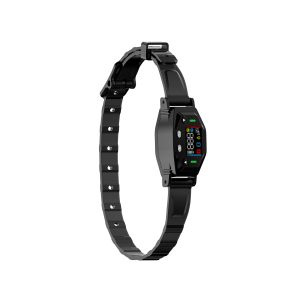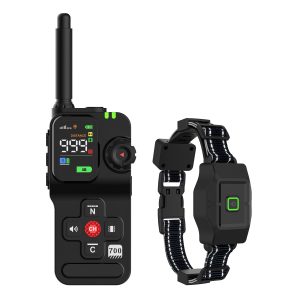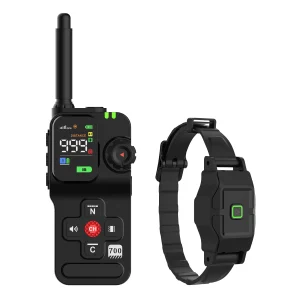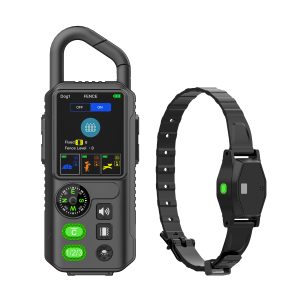Best Practices for Using a Dog In-Ground Fence Receiver
Dog in-ground fences have become popular solutions for pet owners looking to contain their dogs safely within a designated area. The receiver is a crucial component of this system, playing a key role in training your furry friend to respect boundaries while ensuring their safety. To make the most of your in-ground fence receiver, here are some best practices to keep in mind:
1. Proper Installation
Ensure that the receiver collar is properly fitted and adjusted according to the manufacturer’s guidelines. A snug but comfortable fit is essential to ensure reliable contact with your dog’s skin.
2. Training and Positive Reinforcement
Introduce your dog to the in-ground fence system gradually. Use positive reinforcement techniques to associate the warning beep or static correction with the boundaries of the containment area.
3. Regular Maintenance
Check the receiver collar regularly to ensure it is functioning correctly. Replace batteries as needed and inspect the collar for any wear and tear that may affect its performance.
4. Supervision
While the in-ground fence system is a great tool for keeping your dog safe, it is not a substitute for proper supervision. Always keep an eye on your pet, especially during the initial training phase.
5. Consistent Boundaries
Be consistent with the boundaries you set for your dog. Avoid confusing your pet by changing the boundaries frequently and reinforce the training to help them understand their limits.
By following these best practices, you can ensure that your dog in-ground fence receiver is effectively and safely used to keep your furry companion contained within your property.
For more tips and information on dog containment systems, feel free to explore our blog for additional resources!




